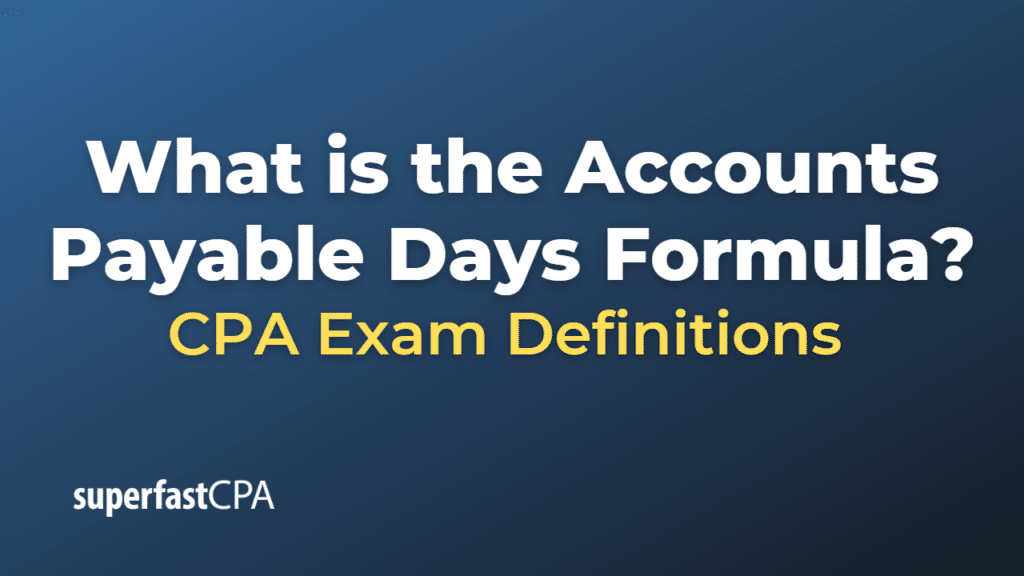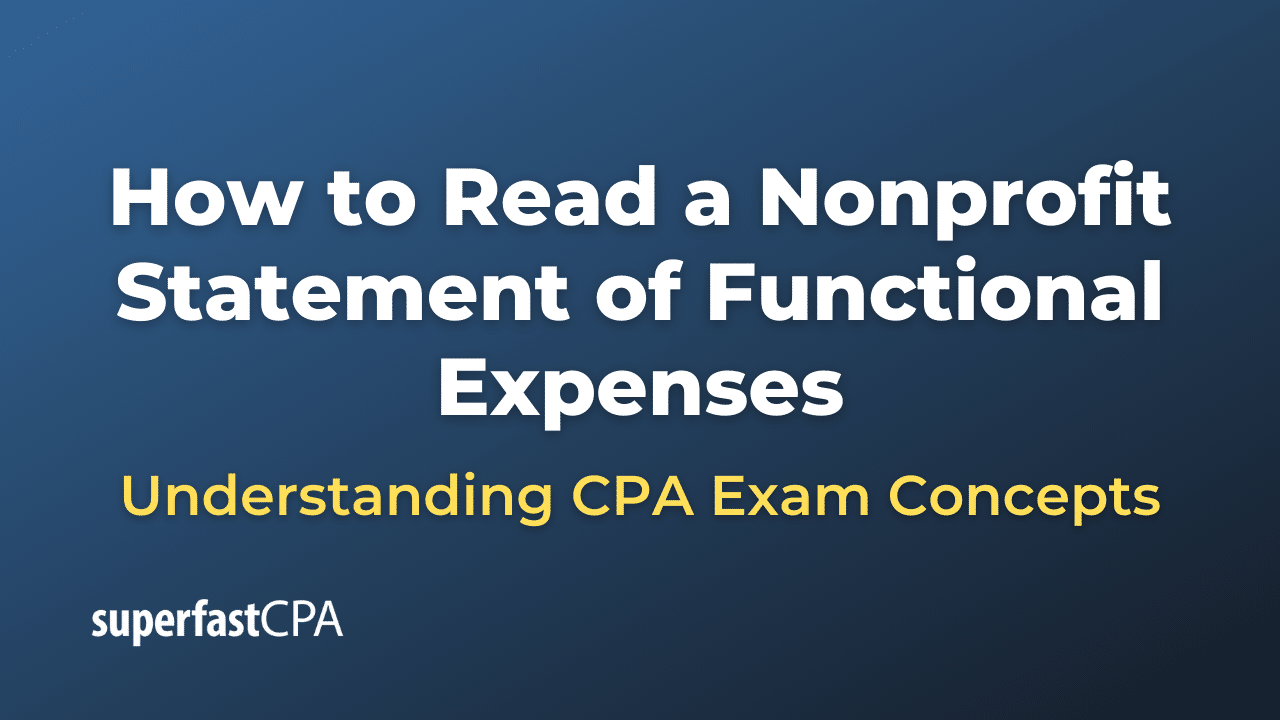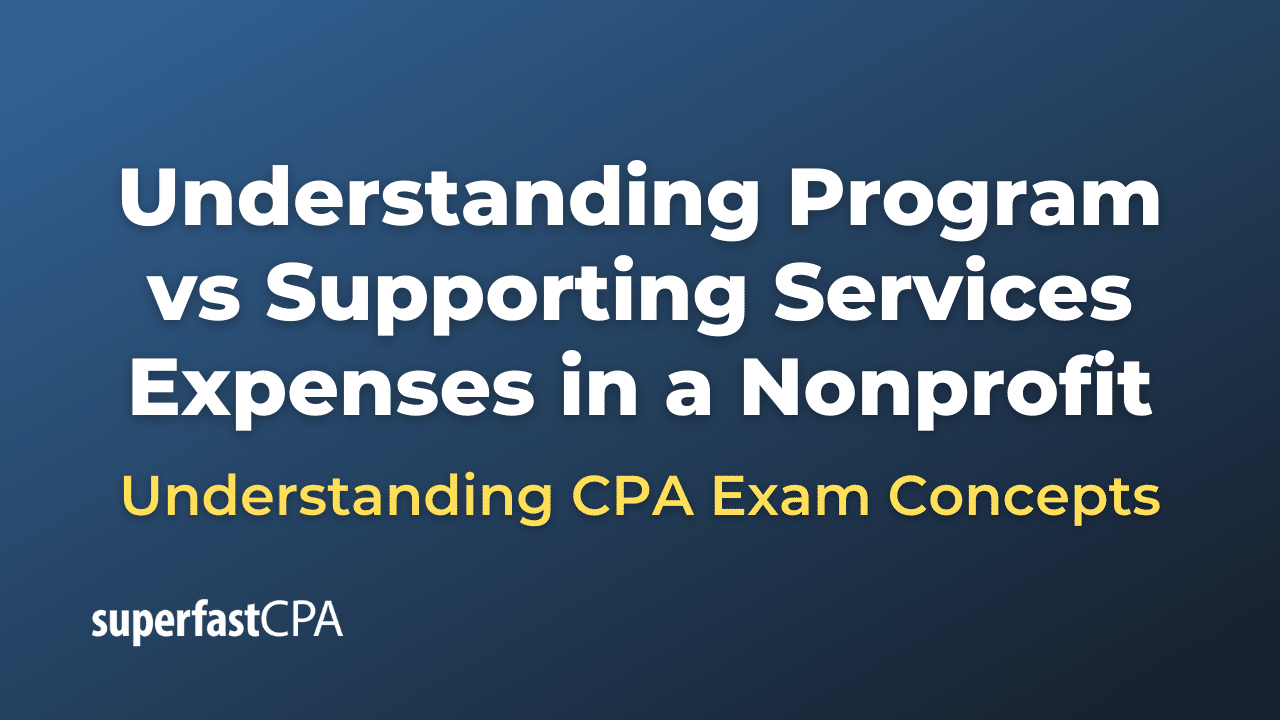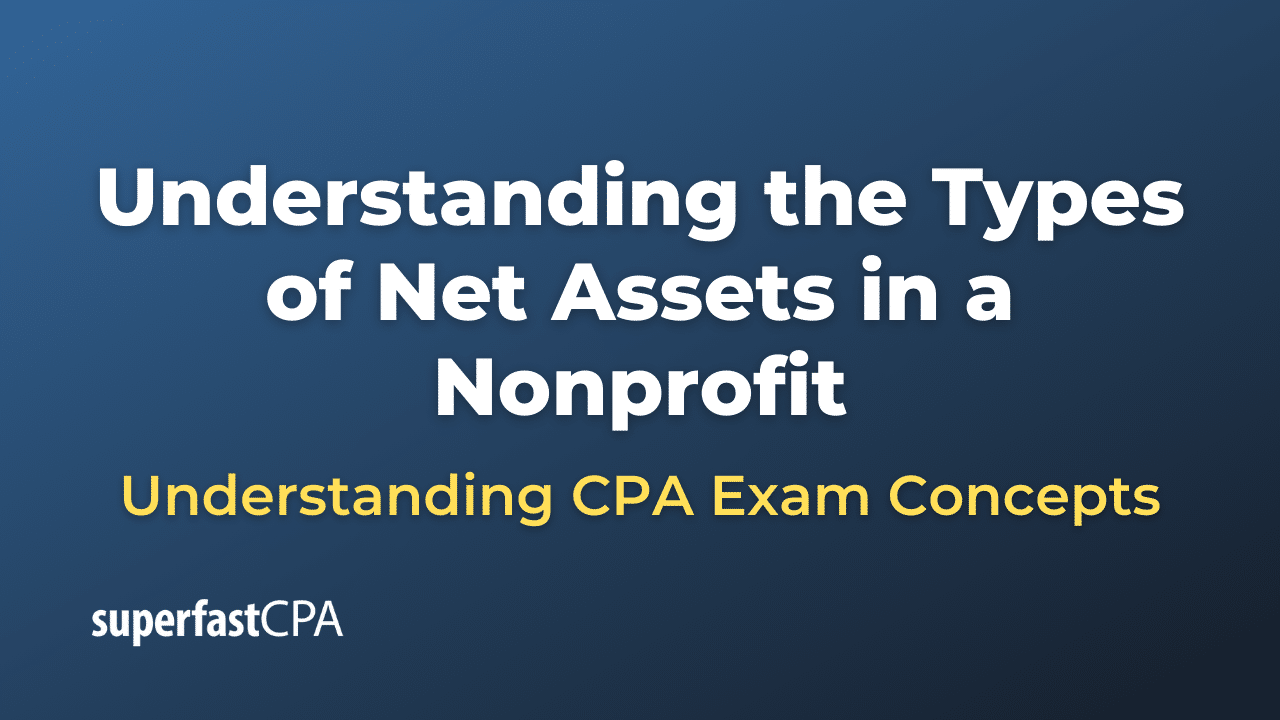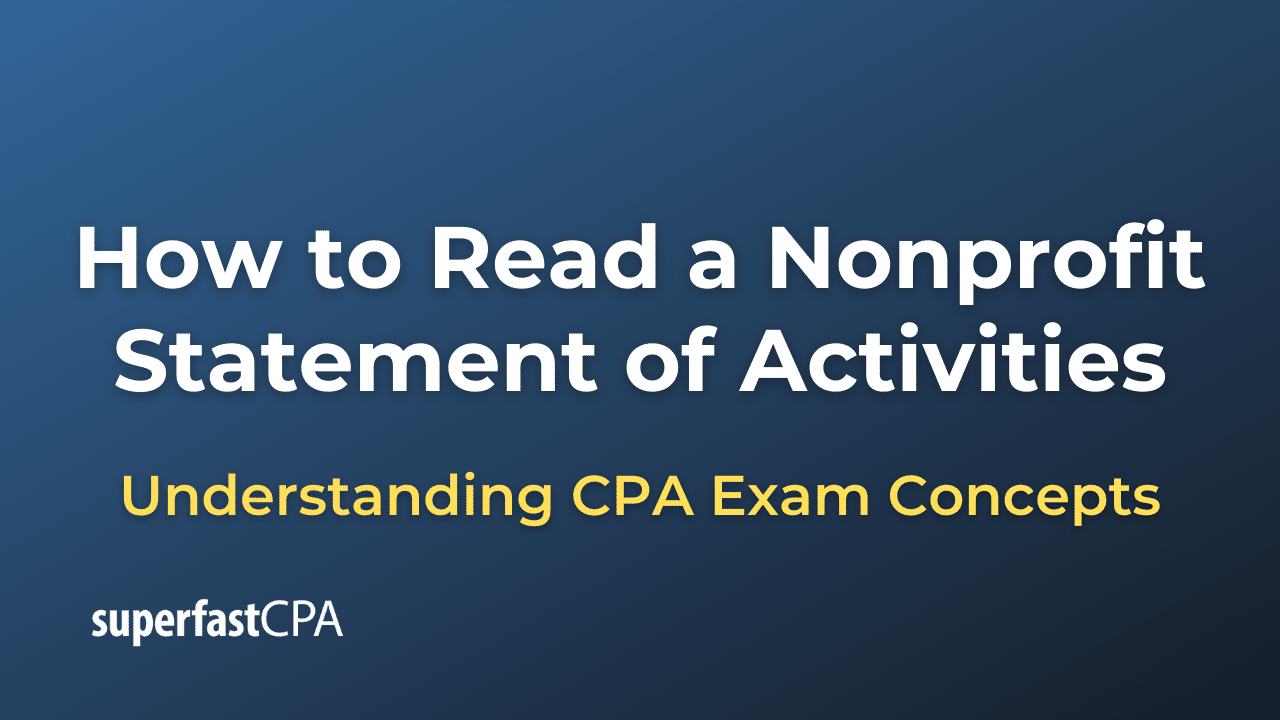Accounts Payable Days Formula
Accounts Payable Days (also known as Days Payable Outstanding or DPO) is a financial ratio that measures the average number of days it takes for a company to pay its suppliers or creditors. It provides insights into a company’s cash flow management, efficiency in paying its outstanding payables, and its relationships with suppliers.
The Accounts Payable Days formula is calculated as follows:
Accounts Payable Days = (Accounts Payable / Cost of Goods Sold) x Number of Days
Where:
- Accounts Payable is the outstanding balance owed to suppliers at the end of the accounting period.
- Cost of Goods Sold (COGS) is the total cost of producing or purchasing the goods sold by the company during the accounting period.
- Number of Days is the number of days in the accounting period (usually 365 days for a full year, or it can be calculated for a quarter or month).
The resulting ratio represents the average number of days it takes for the company to pay its outstanding invoices. A higher Accounts Payable Days ratio may indicate that the company takes longer to pay its suppliers, which could be a sign of cash flow problems or an attempt to hold onto cash as long as possible. Conversely, a lower ratio indicates that the company pays its suppliers more quickly, which could be a sign of efficient cash management or strong relationships with suppliers.
It is important to consider the Accounts Payable Days ratio in the context of industry norms and the company’s historical performance. Comparing the ratio to industry benchmarks or the company’s historical data can provide insights into the company’s cash flow management and competitiveness within the industry.
Example of the Accounts Payable Days Formula
Let’s consider a fictional company, “Eco Tech Gadgets,” which manufactures environmentally-friendly electronic devices. We’ll use the Accounts Payable Days formula to calculate how long it takes for the company to pay its suppliers on average.
Here’s the financial data for Eco Tech Gadgets:
- Accounts Payable (AP) at the end of the year: $400,000
- Cost of Goods Sold (COGS) for the year: $2,000,000
- Number of Days in the year: 365
Now, let’s calculate the Accounts Payable Days:
Accounts Payable Days = (Accounts Payable / Cost of Goods Sold) x Number of Days
Accounts Payable Days = ($400,000 / $2,000,000) x 365
Accounts Payable Days ≈ 0.2 x 365
Accounts Payable Days ≈ 73
The Accounts Payable Days for Eco Tech Gadgets is approximately 73 days. This means that, on average, it takes the company 73 days to pay its suppliers after receiving goods or services.
To put this number into context, Eco Tech Gadgets would need to compare its Accounts Payable Days with industry benchmarks or its historical performance. If the industry average is around 75 days, then the company’s 73-day average is in line with industry norms. However, if the industry average is significantly lower, say 60 days, it may indicate that Eco Tech Gadgets is slower in paying its suppliers compared to its competitors, which could impact its supplier relationships and cash flow management. Conversely, if the industry average is higher, it could indicate that the company is efficient in managing its cash flow and maintaining good relationships with suppliers.

